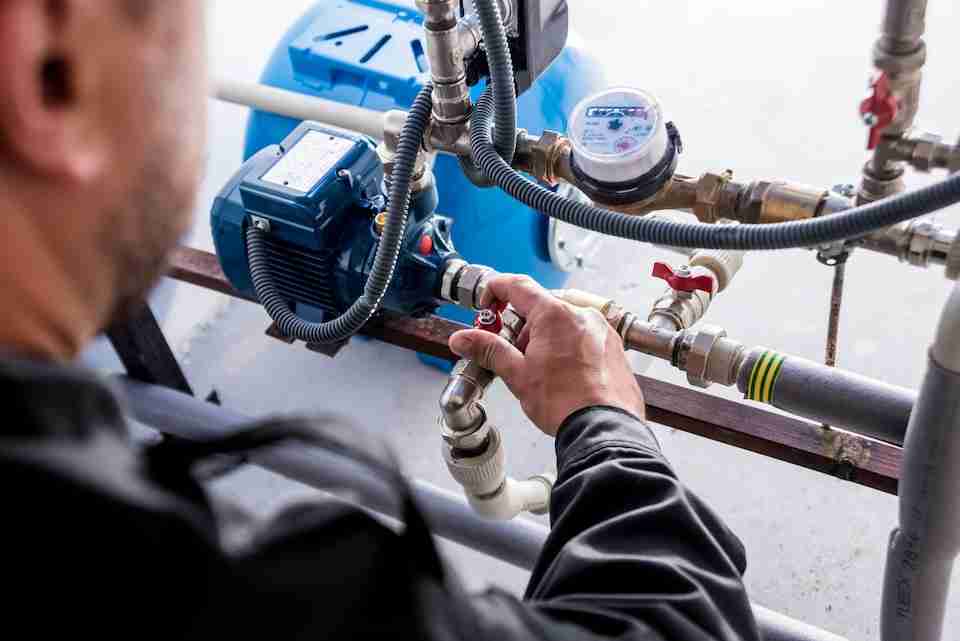What Is A Sanitary Sewer?
A sanitary sewer is an underground pipe that carries wastewater from homes and businesses to a treatment plant.
They are designed to safely transport sewage away from populated areas and prevent it from entering the environment.
Waste water enters the sanitary sewer system through connecting pipes called laterals, which connect individual buildings or properties to the main line. This means that all the wastewater from various sources such as showers, sinks, and toilets is transported through the same pipes.
Sanitary sewer systems are designed to keep wastewater moving and away from people. They do that by using gravity to guide it toward the treatment plant.
Common Problems With Sewer Systems
These systems play an important role in protecting public health and keeping our environment safe.
Without them, wastewater would have nowhere to go and contaminate water sources or enter the environment unfiltered. By maintaining our sanitary sewer systems, we can ensure that wastewater is treated properly and kept away from people.
They can be prone to blockages and flooding. A blocked sanitary sewer will not allow the wastewater to move freely, which can result in backup inside properties.
Tree roots are a common cause of blocked pipes. They can grow into cracks in the pipes and absorb water, causing them to expand and block the flow.
Sanitary sewers can also be vulnerable to overflow. Usually during large storms when the volume of wastewater exceeds the capacity of the system.
In order to prevent problems, it is essential to perform:
- Regular maintenance of sanitary sewer systems
- Inspect for any blockages or other issues that could cause damage or harm
Different Types Of Sanitary Sewers And Their Benefits
There are several different types of sanitary sewer systems. Depending on the size and scale of a project, different types may be more suitable.
The main types are:
- Interceptor sewers
- Combined sewers
- Pressurized sewers
- Vacuum sewers
No matter the type of sewer system, it is essential to keep them well maintained in order to protect public health and the environment.
How To Diagnose Issues With Your Sanitary Sewer System
If you notice any signs of blocked or overflowing sewer pipes, it’s important to diagnose the issue as soon as possible.
Common indicators include slow-draining sinks and toilets, gurgling noises coming from drains and sewers, foul odors in the area, or even visible sewage backups.
If you notice any signs of blocked or overflowing sewer pipes, it’s important to diagnose the issue as soon as possible.
The early steps of diagnosing an issue with your sanitary sewer system include checking the lateral and main lines for any blockages or tree roots.
You can also check manholes along the way to make sure there are no issues with the pumps or valves.
If the issue is more serious, you may need to hire a professional plumber or sewer service company to inspect the system and determine the cause of the issue.
When And How To Replace A Sanitary Sewer System
Replacing a sanitary sewer system is not a decision to take lightly. Sewer lines are critical infrastructure, and replacing them can be a long process.
When deciding whether to replace a sanitary sewer system, you should assess factors such as age, condition of the pipes, and any environmental problems caused by aging infrastructure.
Professionals can help you to assess the state of your system and determine whether it needs to be replaced or repaired.
They will help you by:
- Inspect the system to determine the cause of any blockages or leaks.
- Provide an estimate of how long it will take and what materials need to be used.
- Help you develop a plan for the replacement process.
- Provide advice and assistance during the installation.
Benefits Of Properly Maintained Sanitary Sewers
Properly maintained sewers can provide a number of benefits, including:
- Reducing the risk of blockages and flooding.
- Reducing pollution in local water sources.
- Protect public health by ensuring wastewater is properly treated.
- Improving the aesthetic of an area by reducing odors and visible sewage backups.
- Lowering costs associated with repairs and maintenance.
By taking proactive steps to inspect, diagnose, and replace your sewer lines when needed, you can ensure that your system is functioning optimally for years to come.
Tips For Choosing The Right Professionals
Clogs happen and sewer systems fail, but the right professionals can help you navigate the situation.
Professionals like Done Right Plumbing can provide their expertise and experience to help you diagnose the issue, repair or replace your sewer lines, and keep them in good working order for years to come.
The emergency line is available 24/7, and they are always ready to provide you with professional advice and service.



